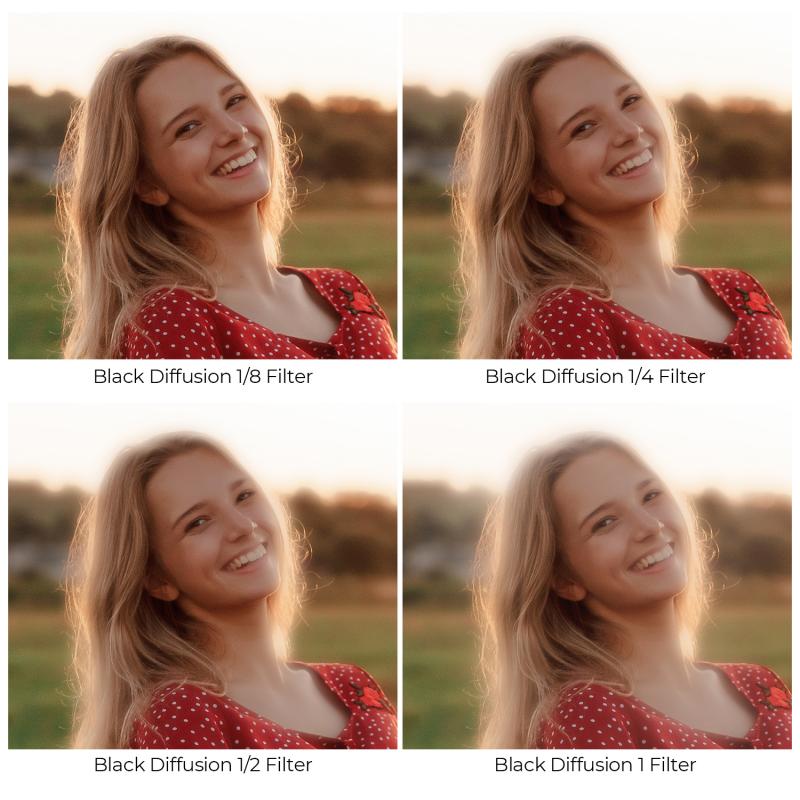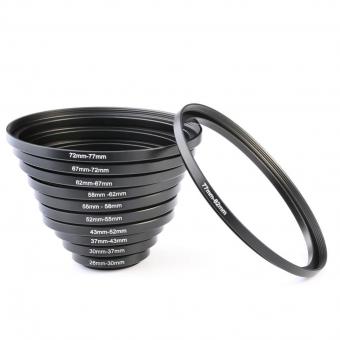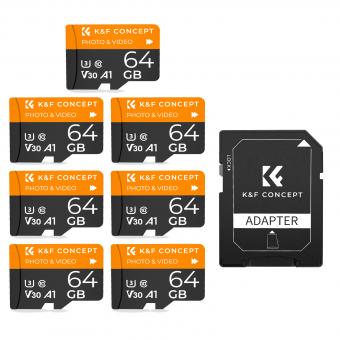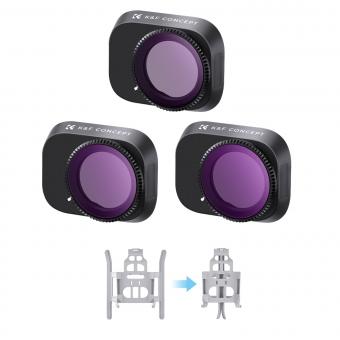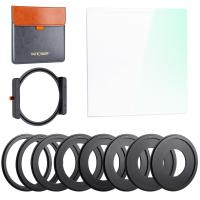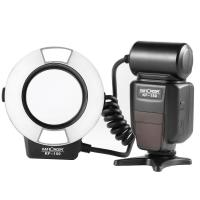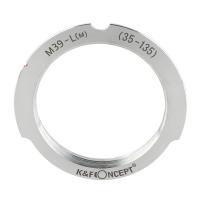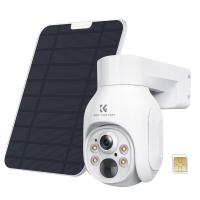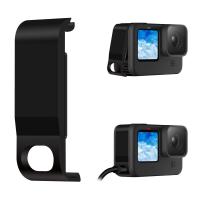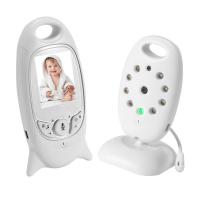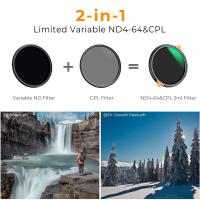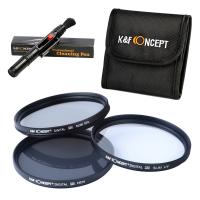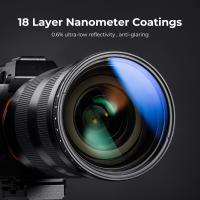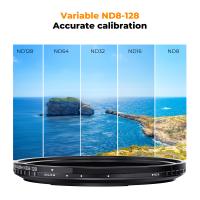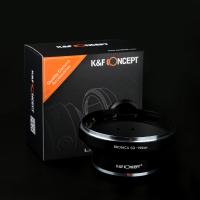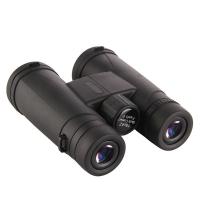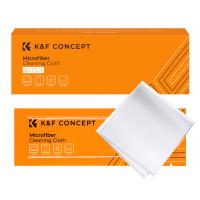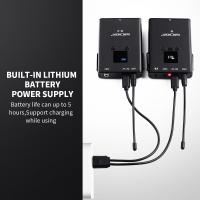How To Set Up Surveillance Cameras ?
To set up surveillance cameras, first determine the areas you want to monitor and choose the appropriate camera types (e.g., indoor, outdoor, wired, wireless). Next, select a suitable location for each camera, ensuring they have a clear view of the desired area. Install the cameras securely using mounting brackets or other appropriate methods. Connect the cameras to a power source and, if applicable, to a recording device or network video recorder (NVR). Configure the cameras' settings, such as resolution, motion detection, and recording schedules, according to your preferences. Finally, test the cameras to ensure they are functioning properly and adjust their positions if necessary.
1、 Camera Placement: Optimal locations for surveillance camera installation.
Camera Placement: Optimal locations for surveillance camera installation.
Setting up surveillance cameras is an essential step in ensuring the security and safety of your property. Proper camera placement plays a crucial role in maximizing the effectiveness of your surveillance system. Here are some guidelines to help you determine the optimal locations for installing your surveillance cameras.
1. Identify vulnerable areas: Start by assessing your property and identifying areas that are most susceptible to unauthorized access or criminal activity. These may include entry points such as doors, windows, and gates, as well as blind spots and areas with valuable assets.
2. Cover all angles: Ensure that your camera placement covers all angles and provides a comprehensive view of the area. This may require multiple cameras strategically positioned to eliminate blind spots and capture any suspicious activity from different perspectives.
3. Height and angle: Mount your cameras at an appropriate height and angle to capture clear and unobstructed footage. Generally, a height of 9-10 feet is recommended to prevent tampering while providing a wide field of view. Adjust the angle to focus on the desired area while avoiding obstructions like trees or walls.
4. Lighting conditions: Consider the lighting conditions in the area where you plan to install the cameras. Ensure that there is adequate lighting for clear visibility, especially during nighttime. In low-light areas, consider using cameras with infrared capabilities or installing additional lighting sources.
5. Weatherproofing: If you are installing outdoor cameras, make sure they are weatherproof and can withstand harsh environmental conditions. This will ensure their longevity and reliability in all weather conditions.
6. Privacy considerations: Be mindful of privacy laws and regulations when placing surveillance cameras. Avoid pointing cameras towards private areas such as neighboring properties or areas where individuals have a reasonable expectation of privacy.
7. Regular maintenance: Once your surveillance cameras are installed, it is important to regularly maintain and clean them to ensure optimal performance. Check for any obstructions, clean the lenses, and ensure that the cameras are properly aligned.
In conclusion, setting up surveillance cameras requires careful consideration of camera placement. By identifying vulnerable areas, covering all angles, considering lighting conditions, and adhering to privacy regulations, you can maximize the effectiveness of your surveillance system and enhance the security of your property.

2、 Camera Types: Different types of surveillance cameras and their features.
Camera Types: Different types of surveillance cameras and their features.
Surveillance cameras play a crucial role in ensuring the safety and security of homes, businesses, and public spaces. With advancements in technology, there are now various types of surveillance cameras available, each with its own unique features and capabilities. Here, we will explore some of the most common types of surveillance cameras and their key features.
1. Dome Cameras: Dome cameras are popular due to their discreet design and ability to monitor a wide area. They are often used in indoor settings such as offices, retail stores, and hotels. Dome cameras can be easily mounted on ceilings and offer a 360-degree view, making it difficult for intruders to determine the direction of the camera.
2. Bullet Cameras: Bullet cameras are known for their long-range capabilities and are commonly used for outdoor surveillance. They have a cylindrical shape and are easily visible, acting as a deterrent to potential criminals. Bullet cameras are weatherproof and can capture high-resolution images even in low-light conditions.
3. PTZ Cameras: PTZ (Pan-Tilt-Zoom) cameras are highly versatile and can be remotely controlled to pan, tilt, and zoom in on specific areas. They are commonly used in large outdoor areas such as parking lots and stadiums. PTZ cameras can rotate 360 degrees, providing comprehensive coverage of the surroundings.
4. Thermal Cameras: Thermal cameras use heat signatures to detect objects and are ideal for monitoring areas with poor lighting conditions or where visual identification is not sufficient. They are commonly used in industrial settings, border control, and perimeter surveillance.
5. Wireless Cameras: Wireless cameras offer flexibility in terms of installation as they do not require extensive wiring. They can be easily connected to a Wi-Fi network, allowing for remote monitoring through smartphones or computers. Wireless cameras are suitable for both indoor and outdoor use.
6. AI-powered Cameras: With the advent of artificial intelligence, surveillance cameras are now equipped with advanced features such as facial recognition, object detection, and behavior analysis. These cameras can automatically alert users of suspicious activities, making them highly effective in preventing crimes.
When setting up surveillance cameras, it is important to consider the specific requirements of the area to be monitored. Factors such as lighting conditions, coverage area, and desired features should be taken into account. Additionally, it is crucial to ensure that the cameras are installed securely and that the footage is properly stored and protected.
In conclusion, the wide range of surveillance camera types available today allows for customized security solutions for various environments. Whether it is a dome camera for indoor monitoring or a thermal camera for detecting heat signatures, choosing the right camera type is essential for effective surveillance.

3、 Connectivity: Setting up surveillance cameras with wired or wireless connections.
Connectivity: Setting up surveillance cameras with wired or wireless connections.
Surveillance cameras are an essential tool for ensuring the security and safety of your home or business. When setting up surveillance cameras, one of the key considerations is the type of connectivity you will use - wired or wireless. Both options have their advantages and it ultimately depends on your specific needs and preferences.
Wired surveillance camera systems require physical connections between the cameras and the recording device or monitor. This typically involves running cables through walls or ceilings, which can be a more time-consuming and labor-intensive process. However, wired connections offer a more stable and reliable connection, ensuring uninterrupted video footage. They are also less susceptible to interference from other devices or wireless signals.
On the other hand, wireless surveillance camera systems eliminate the need for cables by transmitting video footage over a wireless network. This makes installation easier and more flexible, as cameras can be placed in locations that are difficult to reach with wired connections. Wireless cameras are also easier to move or reposition if needed. However, they may be more susceptible to signal interference or dropouts, especially if there are obstacles or long distances between the cameras and the recording device.
To set up surveillance cameras with wired connections, you will need to plan the cable routes, run the cables, and connect them to the cameras and recording device. This may require professional assistance, especially for larger installations. Wireless surveillance camera systems, on the other hand, require you to connect the cameras to a power source and configure them to connect to your wireless network. This can usually be done through a smartphone app or a computer interface.
In recent years, wireless surveillance camera systems have become increasingly popular due to advancements in technology. The latest wireless cameras offer improved signal strength, better encryption for enhanced security, and advanced features such as motion detection and remote access. However, wired connections still remain a reliable and robust option for surveillance camera setups.
Ultimately, the choice between wired and wireless surveillance camera systems depends on factors such as the size of the area to be monitored, the level of security required, and the ease of installation. It is advisable to consult with a professional security provider to assess your specific needs and determine the most suitable connectivity option for your surveillance camera setup.
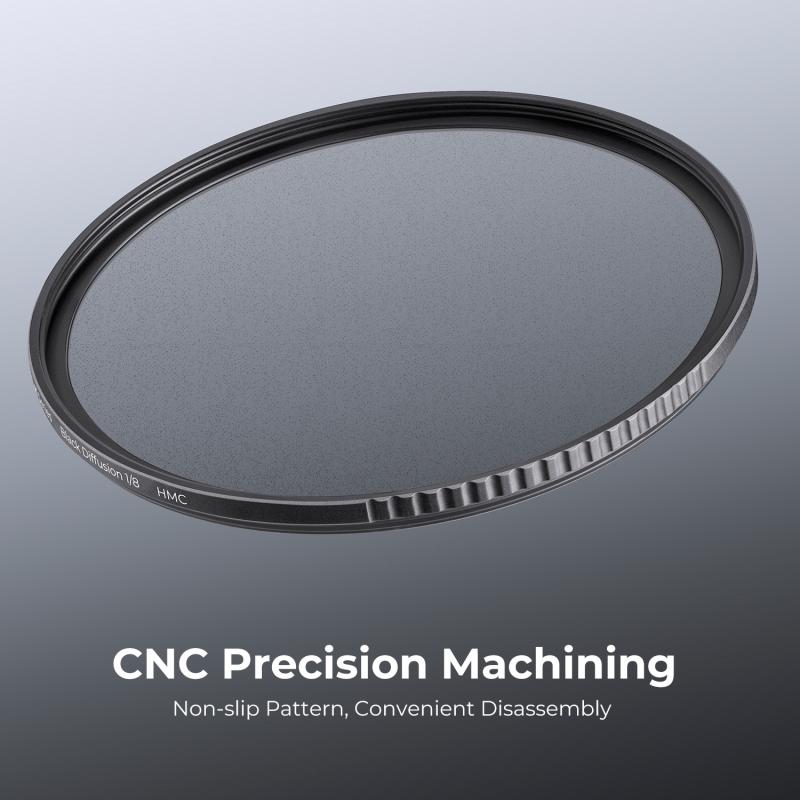
4、 Recording Options: Choosing between local storage or cloud-based recording.
Recording Options: Choosing between local storage or cloud-based recording
When setting up surveillance cameras, one crucial decision to make is choosing the recording option that best suits your needs. The two main options are local storage and cloud-based recording. Each option has its advantages and considerations, and the choice ultimately depends on factors such as budget, accessibility, and security.
Local storage involves recording video footage directly onto a physical device, such as a hard drive or Network Video Recorder (NVR), located on-site. This option provides complete control over the data and eliminates the need for an internet connection. It also ensures that the footage remains within your premises, reducing the risk of unauthorized access. However, local storage may have limitations in terms of storage capacity and vulnerability to physical damage or theft.
On the other hand, cloud-based recording involves storing video footage on remote servers accessed through the internet. This option offers greater flexibility and scalability, as it allows for easy access to footage from anywhere with an internet connection. Cloud storage also provides redundancy, ensuring that data is not lost in the event of hardware failure or theft. However, it is important to consider the cost of cloud storage, as it typically involves subscription fees based on storage capacity and video retention periods.
The latest point of view leans towards cloud-based recording due to its convenience and accessibility. With advancements in technology, cloud storage has become more secure and reliable, addressing concerns about data privacy and protection. Additionally, cloud-based solutions often offer advanced features such as remote monitoring, intelligent video analytics, and easy integration with other security systems.
Ultimately, the choice between local storage and cloud-based recording depends on your specific requirements and preferences. It is advisable to assess factors such as budget, data security, accessibility, and scalability before making a decision. Consulting with a professional security provider can also help in determining the most suitable recording option for your surveillance camera setup.
